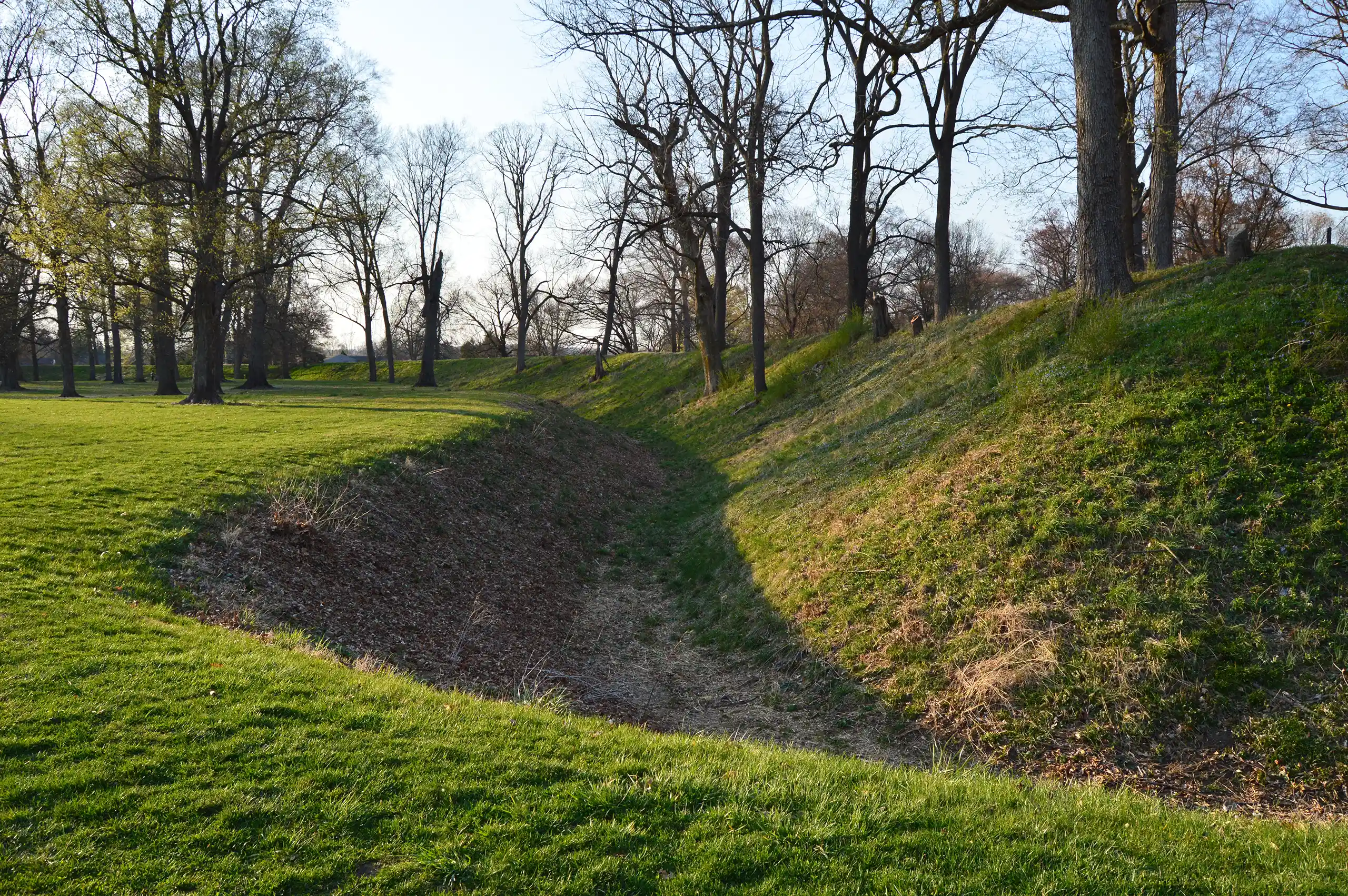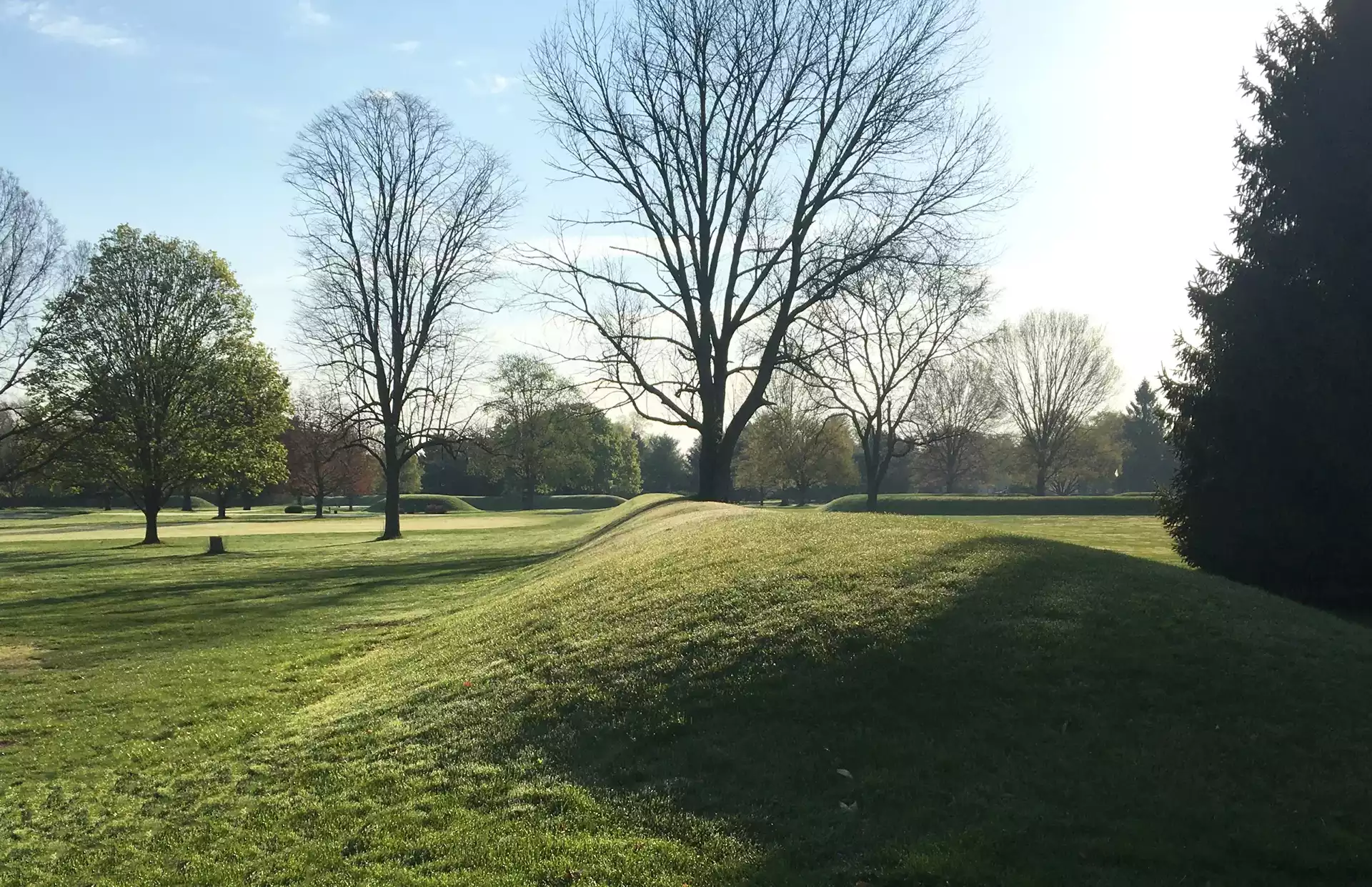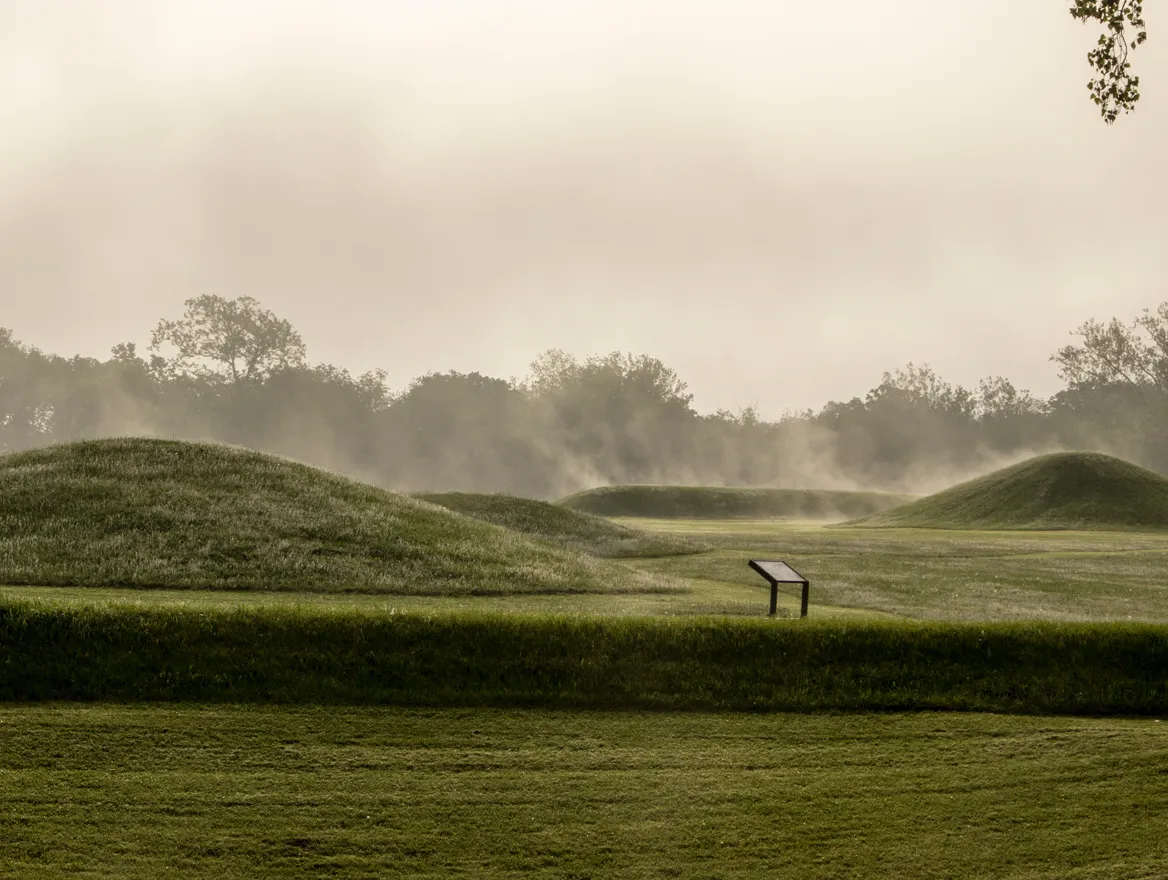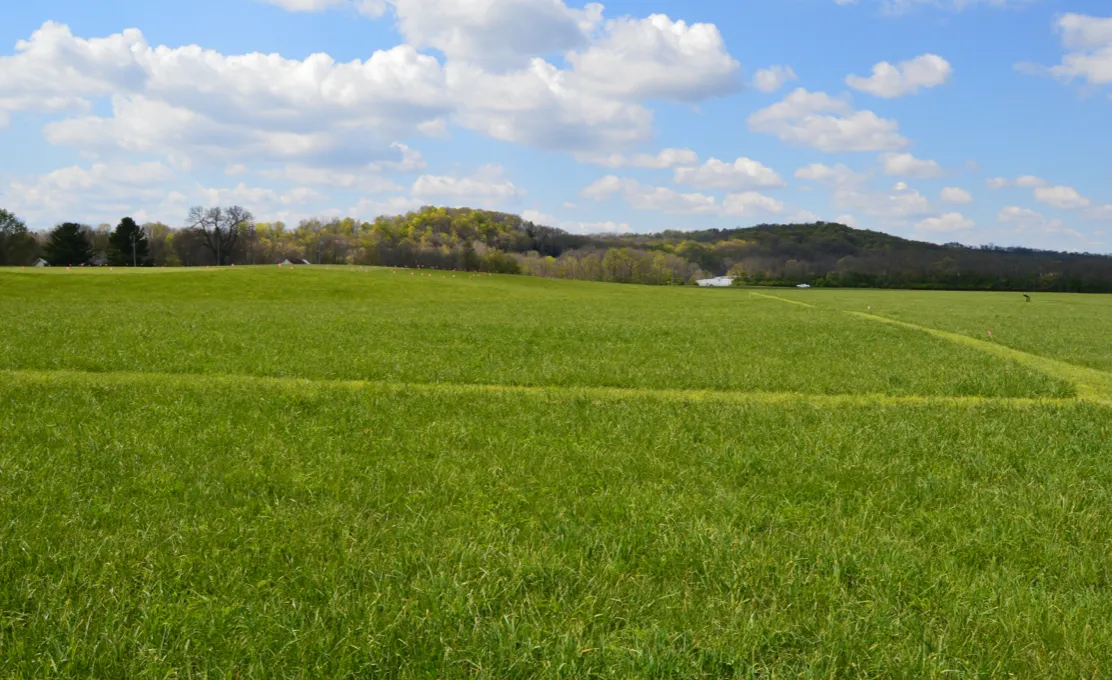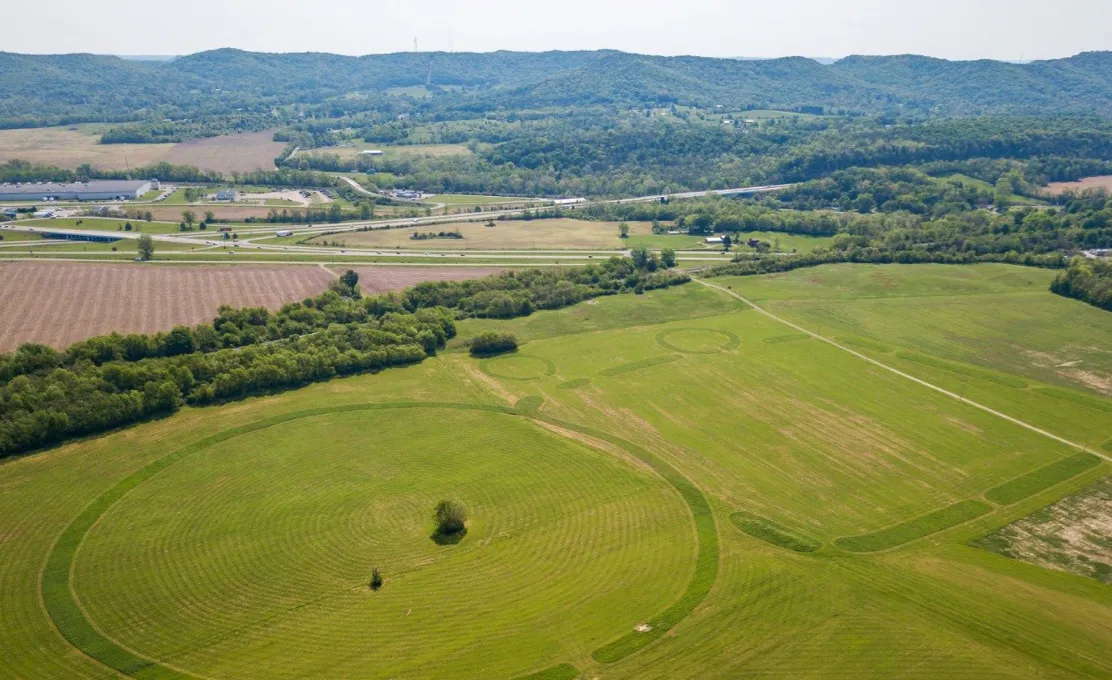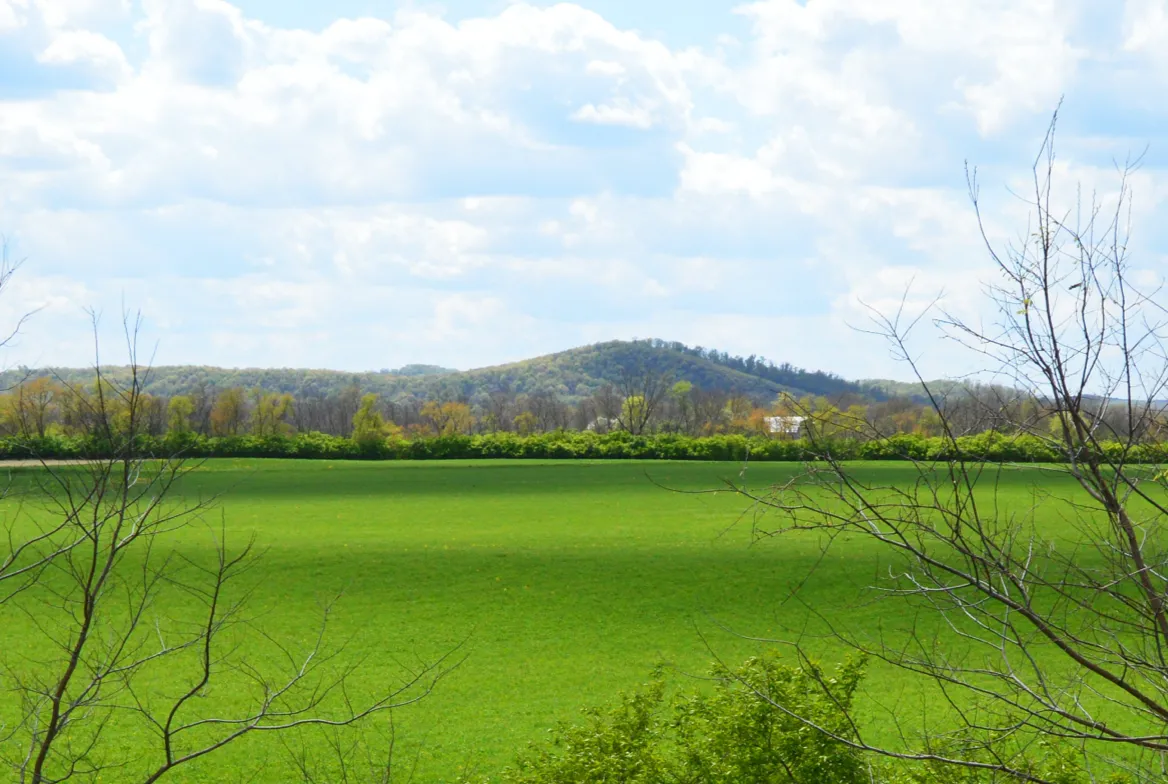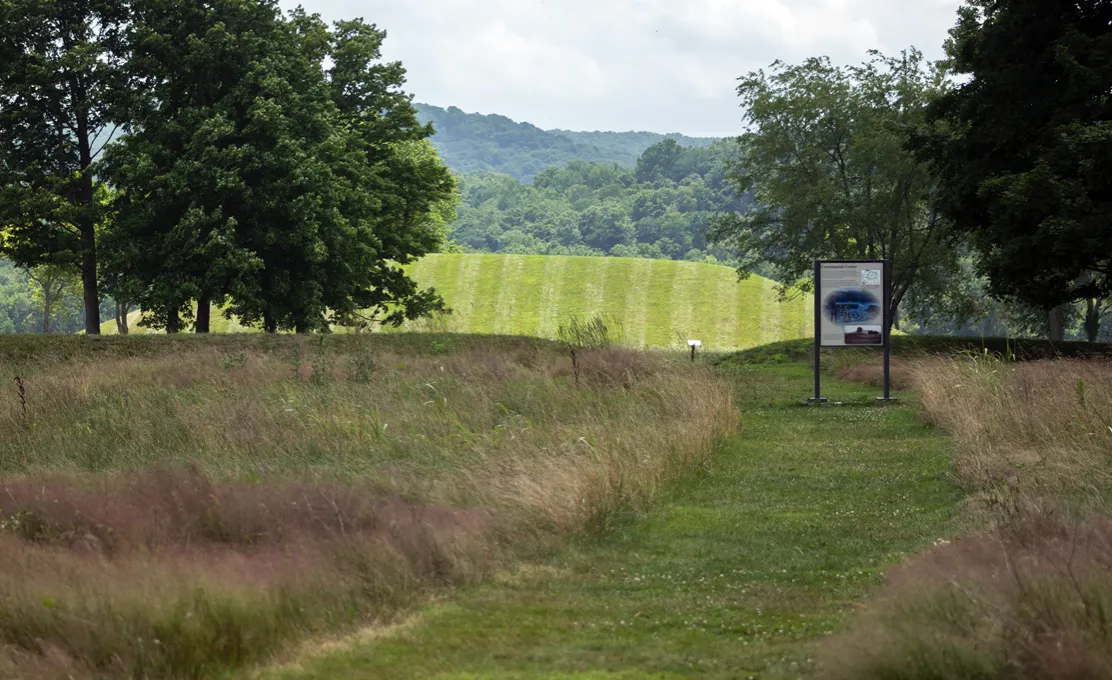Indigenous History
Photo by: John Hancock
1650–1890
Early Euro-American Settlement
Euro-Americans (mostly British and French) settled in the Ohio country around 1650, alongside various Native American tribes like the Delaware, Iroquois, Miami, Ottawa, Shawnee, and Wyandotte. The region had a history of earthwork constructions. However, due to tragic events like epidemics and conflicts, the ancient knowledge of these earthworks was lost or withheld by the Indigenous people.
After the Treaty of Paris in 1763, the Ohio region came under British control, and despite its designation as an "Indian Reserve," European settlement began and intensified after the American Revolutionary War. The US government fought against a confederation of Native American tribes in the Northwest Indian War, leading to the cession of Indian land claims in southern Ohio.
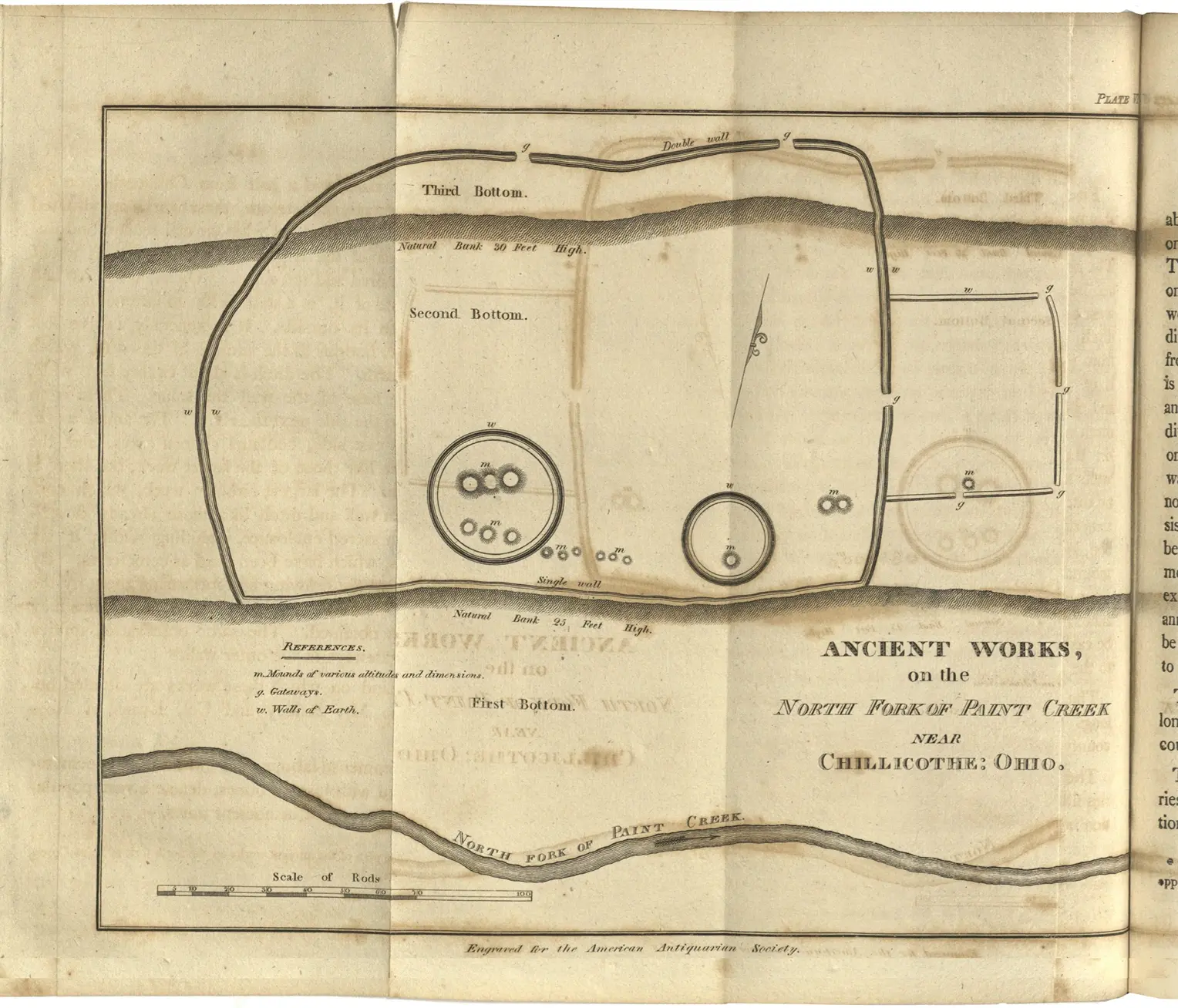
The post-Revolutionary-War "Virginia Military District" facilitated settlement as land was given to veterans. By 1800, Euro-Americans established towns and farmlands, clearing forests and encroaching on the earthworks. The policy of Indian removal in the mid-1800s forced the last tribes to leave Ohio.
As towns expanded throughout the 1800s, many earthwork sites were destroyed or degraded due to development, agriculture, and industrialization, although some were preserved.
1820–1916
Early Archaeological Investigations
European encounters with the Hopewell earthworks were documented from the 1780s. Scientific investigations began in the early 1800s, with Caleb Atwater's comprehensive report in 1820. Throughout the 19th century, the earthworks fascinated explorers and scholars, leading to various theories about their origin, but evidence pointed to ancient American Indian builders.
Thomas Jefferson and George Washington admired the earthworks, advocating for their preservation. Ephraim Squier and Dr. Edwin Davis conducted a survey of earthworks in the Mississippi and Ohio river system, producing significant documentation in 1848. Their work contributed to the origins of American scientific archaeology.
In the late 1800s, increasingly scientific archaeology was practiced at the sites, with scholars like Frederic Ward Putnam advocating for publicity, funding, preservation, and further studies of American antiquity. The artifacts from the Hopewell Mound Group were curated for the 1893 World's Columbian Exposition, cementing the importance of investigating American antiquity.
Current Research
There will always be more to learn about Hopewell culture. More recent studies have uncovered fascinating new information about what the people of this era ate, their ceremonial practices, the significance and symbolism of certain artifacts, and even the reclassification of existing artifacts that were once misunderstood.
For example, it was once widely believed that corn or maize made up a significant portion of the Hopewell diet. But a new study, led by Mary Simon from the Illinois Archaeological Survey and published in the journal American Antiquity, found that maize didn't become important in this region of North America until around AD 900. Rather, their diet likely included a number of locally domesticated plants, such as goosefoot, sumpweed and erect knotweed.
Another example illustrates how recent partnerships with Tribal members have also revealed new understandings of old findings. In the 1920s, Henry Shetrone, an early archaeologist at the Ohio History Connection, excavated black soapstone pebbles from Seip Mound near Chillicothe. Shetrone supposed that the spherical pebbles were marbles — even though there was no evidence that pre-contact American Indians ever played that game.
After months of research, Ben Barnes, Second Chief of the Shawnee Tribe and Archaeologist Brad Lepper believed that they were actually part of a Hopewell drum that was constructed in much the same way modern Shawnee people still make their ceremonial drums. If their theory is correct, it’s the oldest evidence of a drum in eastern North America.
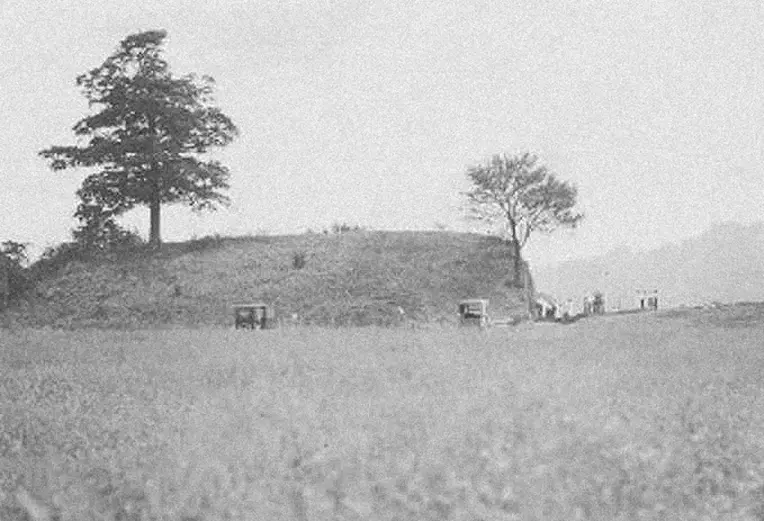
Indigenous Perspectives
Over the last two to three decades, dedicated efforts have been underway to re-establish connections with the tribes that hold significant historical ties to the Hopewell earthwork sites. Thanks to the tremendous efforts of Tribal leaders, the Hopewell Culture National Historical Park and Ohio History Connection, together with Ohio-connected tribes, have made sincere strides in building strong relationships and inclusive processes. Today, American Indian tribes are increasingly involved in the interpretation and management of these sacred grounds.
Since the 1990s, the Hopewell Culture National Historical Park has implemented a formalized American Indian consultation program, which has played a crucial role in shaping significant management plans for the Park. Their collaborative approach with the Ohio History Connection and other partners has resulted in successful initiatives like the Cultural Landscape Report, Environmental Assessment, Foundation Document, and Hopewell Ceremonial Earthworks Long Range Interpretive Plan.
Similarly, following the Native American Graves Protection and Repatriation Act in 1990, the Ohio History Connection initiated a new era of tribal relations, focusing particularly on tribes with historic connections to Ohio. The agency's consultation and collaboration with these tribes significantly increased from 2009 onwards, marked by mutual participation in events, site visits, and grant-funded projects aimed at preserving Native heritage and sharing the story of their forced removal.
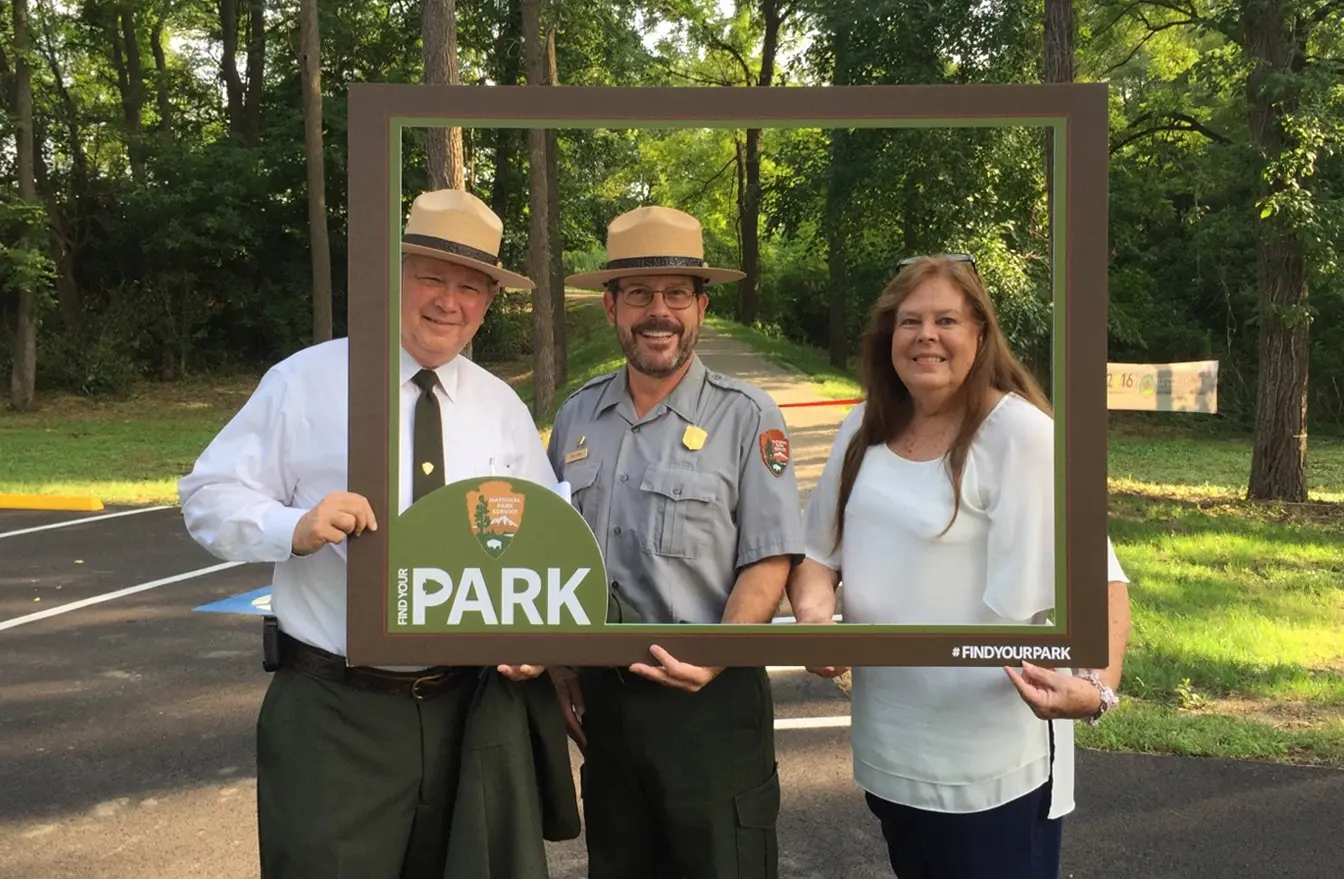
The Newark Earthworks Center of the Ohio State University, a pivotal partner in this endeavor, has further enhanced American Indian involvement by incorporating authentic traditional knowledge, tribal histories, and traditions into public education programs and events. The Center's interdisciplinary conferences, publications, and partnerships with academic institutions have also facilitated meaningful discussions among scholars, tribal leaders, and visitors.
American Indian Tribal nations have steadfastly supported the Hopewell Ceremonial Earthworks World Heritage nomination process, with legislative resolutions from various influential bodies. The Ohio History Connection, in conjunction with the Hopewell Culture National Historical Park, actively kept tribal partners informed about the nomination efforts during the annual Tribal Nations Conference, a vital platform for ongoing consultation and collaboration.
In this spirit of inclusivity and cooperation, the aim remains to preserve and celebrate the rich cultural significance of these earthwork sites, fostering meaningful interactions and collaborations with American Indian communities for years to come.
Witness Ancient Brilliance
The Hopewell Ceremonial Earthworks, a UNESCO World Heritage Site, span several locations in Ohio. Each earthwork has its own marvels and wisdom to reveal, and is worthy of witnessing firsthand.
